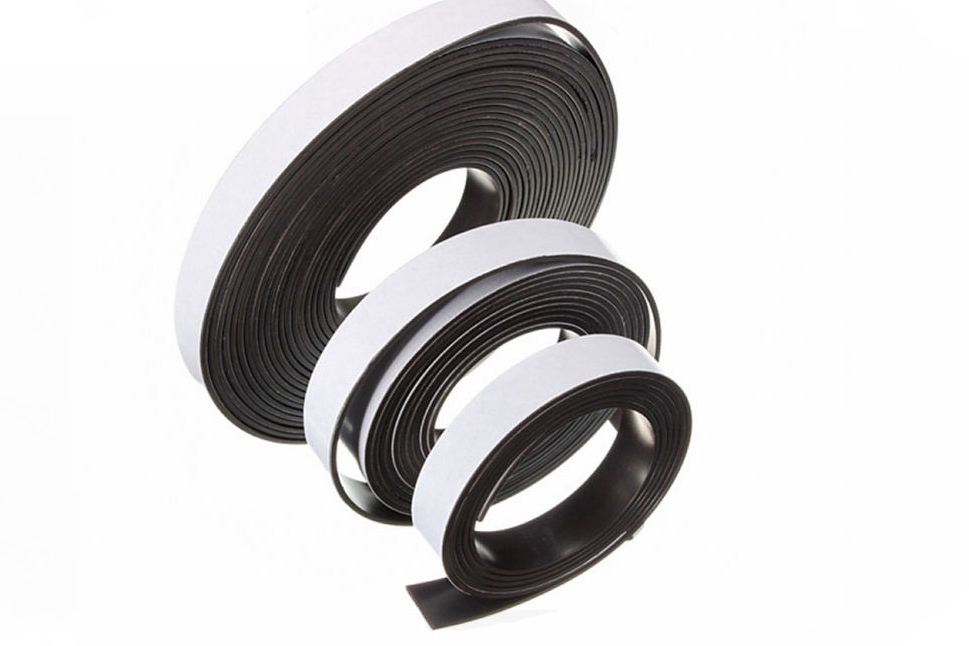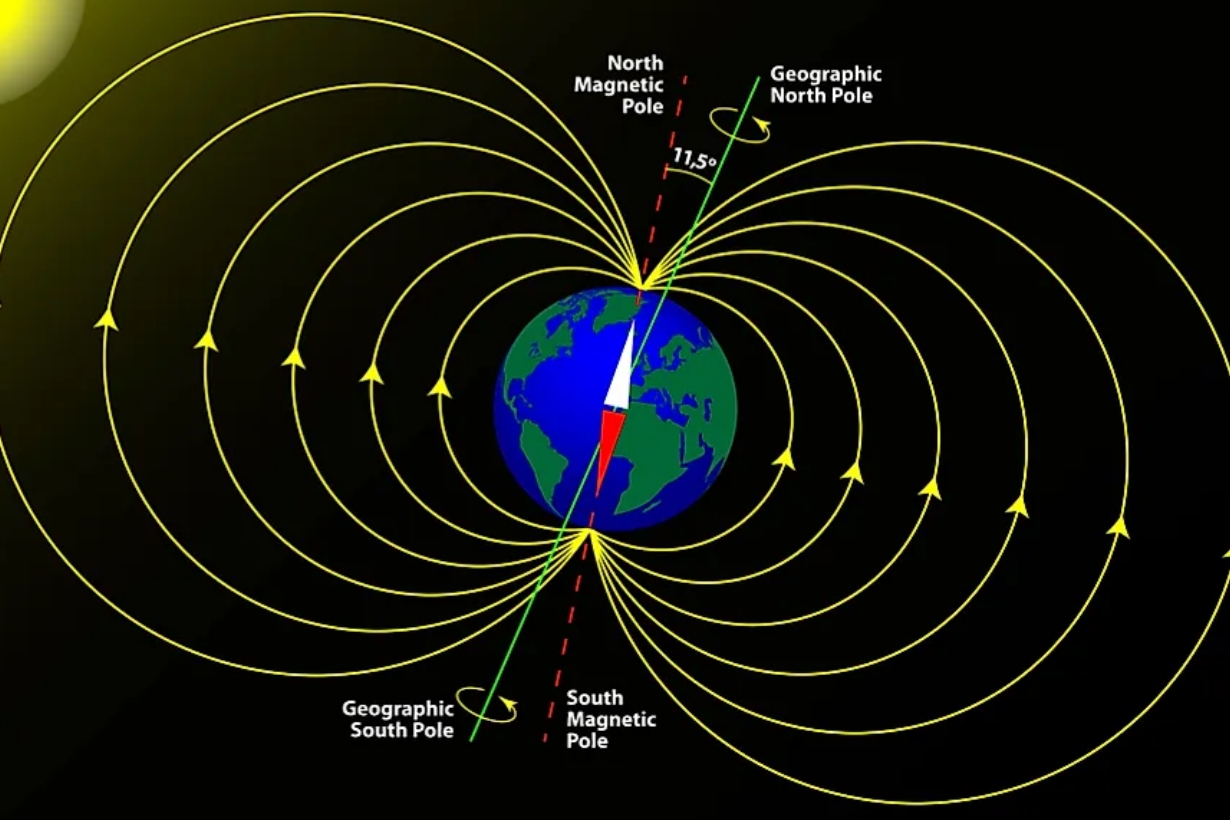Powerful Neodymium Magnets: Handling, Storage, and Safety
They have also been called the world's most powerful permanent magnets, and have revolutionized industries that include everything from electronics to renewable energy. Because of their immense magnetic strength, engineers and designers can make smaller, lighter, and more efficient devices. Great power comes with great responsibility, however, and these are no ordinary magnets; improper handling can lead to serious injury and equipment damage. A deeper understanding of the properties and types is required, as well as safety handling practices when working with neodymium magnets.

Neodymium Magnets: Strongest in the World
Neodymium magnets are made from an alloy of neodymium, iron, and boron that forms a crystalline structure known as Nd₂Fe₁₄B. This provides them with an exceptionally high magnetic energy product known as BHmax, which relates to the strength of the magnet in comparison to its volume. In other words, a small cube of neodymium magnet no larger than 1 centimeter along each side is capable of lifting more than 1 kilogram. A ceramic magnet of the same size would lift just a fraction of that weight.
These come in grades such as N35, N42, and N52, among others, with N52 being one of the strongest grades commercially available. The stronger the grade, the higher the magnetic flux and coercivity, which equates to both a greater lifting power and resistance to demagnetization.
Their strength enabled the breakthrough in modern technologies. As such,
• Neodymium magnets are used in electric motors for hybrid and electric vehicles to minimize weight while improving efficiency.
Hard drives and speakers utilize tiny neodymium magnets to facilitate precise movements that result in high-fidelity sound.
• The medical field relies on neodymium magnets to get the even magnetic field required to create a picture.
Despite their size, the power of these magnets makes them both indispensable and potentially dangerous.
Neodymium Magnet Shapes and Types
Neodymium magnets come in a range of shapes and forms for different applications:
• Disc Magnets: Flat, round magnets used in motors, sensors, and magnetic assemblies.
• Block Magnets: Rectangular or square magnets suitable for industrial lifting, separation, and holding applications.
• Ring Magnets: Commonly served in loudspeakers, encoders, and electric motors.
• Arc or Segment Magnets: These are curved magnets for motor rotors or generators.
• Sphere and Cylinder Magnets: Usually serve hobby projects and/or precision equipment.
Every different shape has a different effect on magnetic field distribution and application. For instance, arc-shaped magnets in motor rotors generate a uniform radial magnetic field for higher efficiency; similarly, disc-shaped magnets are usually used in magnetic couplings and sensors owing to their flat surface and strong pull force.
Neodymium Magnet Safety
With their exceptionally high magnetic strength, neodymium magnets can pose many safety hazards if handled improperly:
1. Pinching and Crushing Hazards: Even small magnets can snap together with enough force to pinch skin or break bones, especially when fingers are caught between two magnets or between a magnet and a metal surface.
2. Shattering: Neodymium magnets are brittle and may chip, crack, or shatter if subjected to impact. Flying fragments from broken magnets can cause serious eye injuries.
3.Electronic Interference: Strong magnets can damage credit cards, hard drives, pacemakers, and other sensitive electronic devices
4. Ingestion Hazard: Small neodymium magnets pose severe risks if swallowed, particularly to children. Multiple ingested magnets can attract each other through intestinal walls, creating injuries that can be life-threatening.
Understanding the risks involved with these magnets becomes necessary before handling or incorporating them into any project.
How to Handle Strong Neodymium Magnets
Safe handling requires awareness, proper equipment, and careful techniques:
• Protective Gear: Safety glasses protect the eyes from chips and fragments, while gloves protect from pinching injuries.
• Handle One at a Time: When possible, avoid stacking magnets together or bringing them close to other magnets quickly. Sudden attraction can cause injury or shattering.
• Use Spacers or Cards: Place cardboard, wood, or plastic spacers between magnets to control any movements either during handling or storage.
• Keep Away from Electronics: Keep the toy away from sensitive electronics, magnetic strips, and credit cards.
• Mind the Weight: Large neodymium magnets can have several hundred kilograms of pull force. Make sure to have stable support when moving them to prevent accidents.
For instance, a 50 mm diameter N52 disc magnet is able to produce in excess of 100 kgs pull force. Without proper tools, an attempt to separate two such magnets can easily lead to injuries or the breaking of the magnet itself.
How to Store Neodymium Magnets Safely
Proper storage is important to maintain not only safety but also magnetic performance:
• Separate with Non-Magnetic Materials: Place cardboard, plastic, or wood between stacked magnets to prevent sudden attraction.
• Use Magnetic Shields: Store high-strength magnets in a container made of steel plates to divert the magnetic field.
• Label and Restrict Access: Storage areas should be well-labeled and access restricted to use by trained personnel only to avoid accidents.
• Avoid High Temperatures: Neodymium magnets will lose their magnetism if exposed to temperatures above their rated limits, which often fall between 80–200 °C depending on the grade.
• Keep Away from Children and Pets: Even small magnets can be dangerous when ingested.
The materials stored in an N52 block magnet would be neatly packed individually in a plastic bin with a thin spacer to prevent accident risks or unintentional magnetization of nearby tools or electric devices.
Conclusion
Neodymium magnets are a wonder of material science; their unparalleled magnetic strength in a very small size has enabled technological innovations in motors, electronics, medical devices, and renewable systems. But with great power comes great responsibility: improper handling or storage and their use can lead to injuries, equipment damage, or even hazardous situations.
Knowledge of the types, strengths, and safe handling practices will enable the user to apply neodymium magnets to maximum advantage with minimum risk. This balance of strength and safety inherent in neodymium magnets has become apparent in both industrial uses, scientific research, and hobbyist projects of every description; even the most powerful tools must be managed with care.















